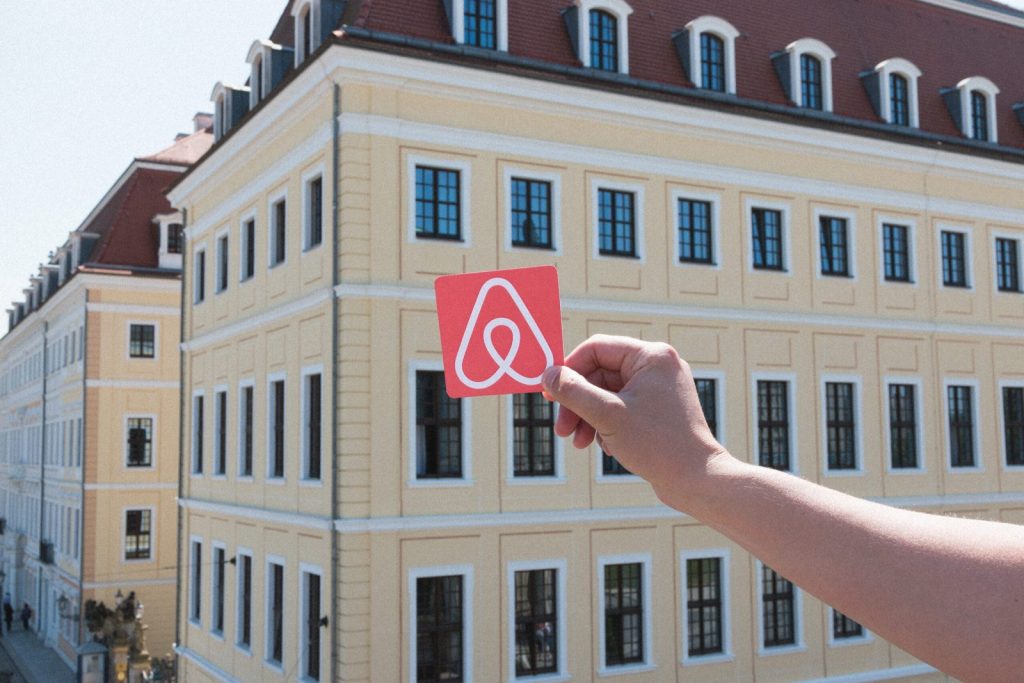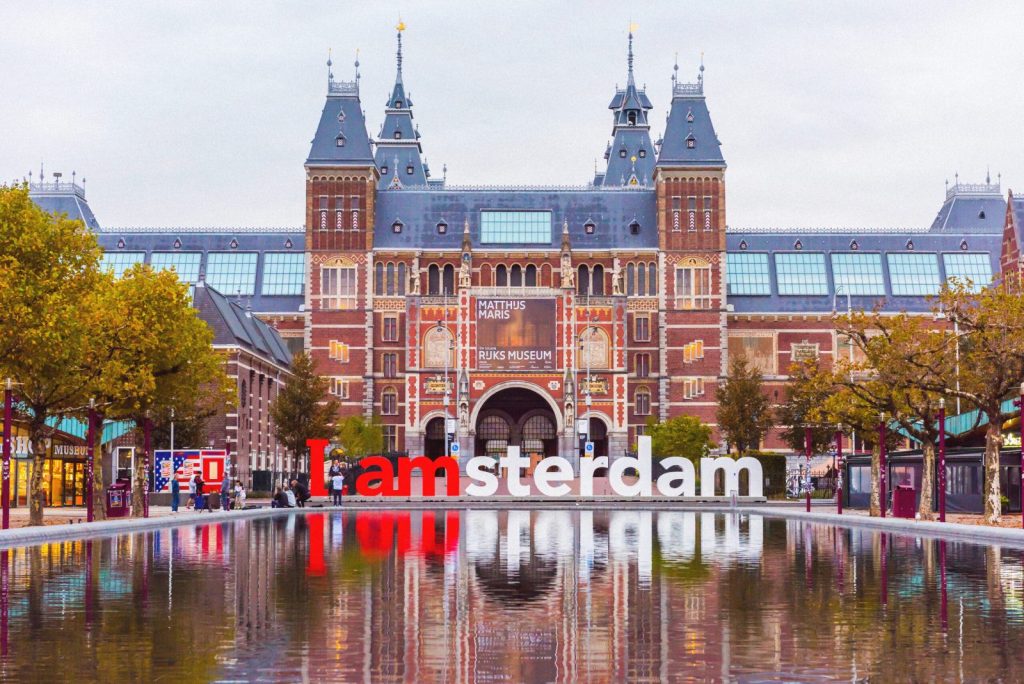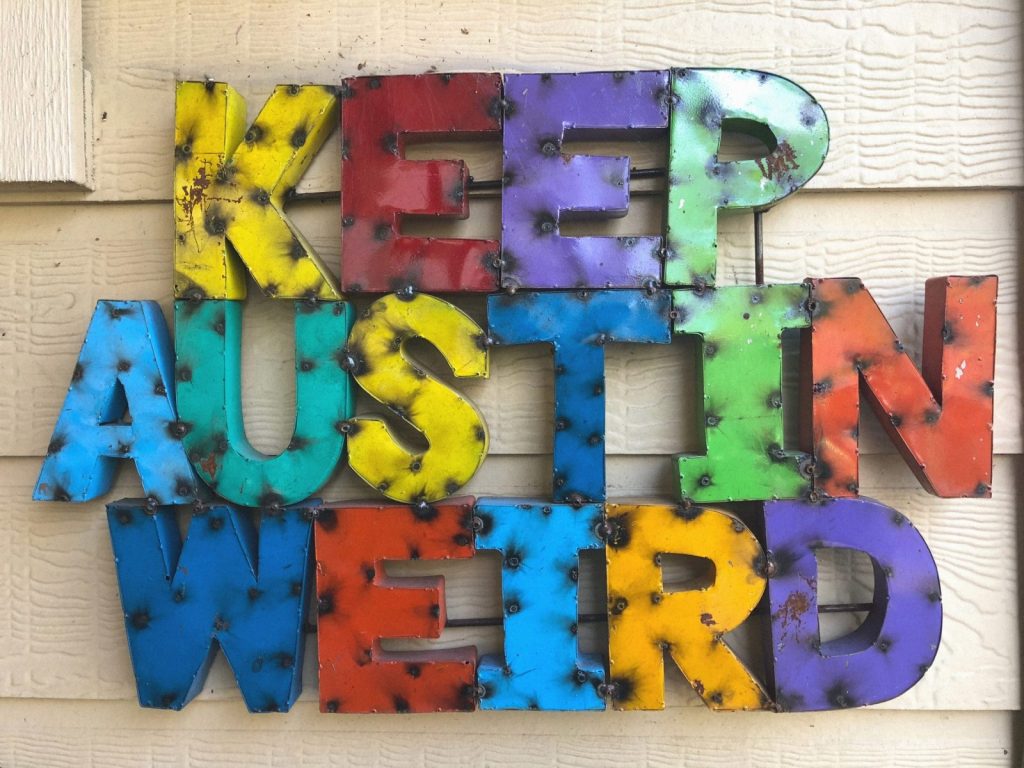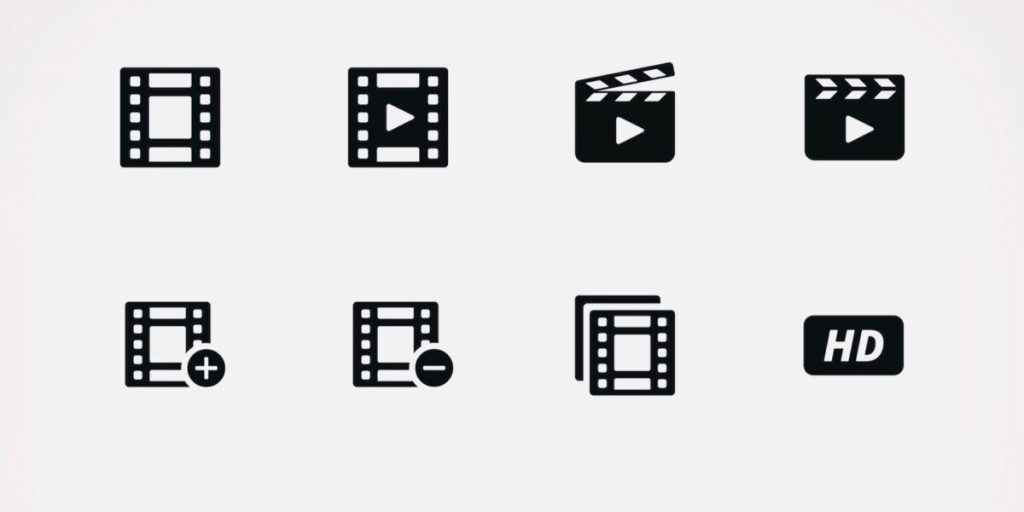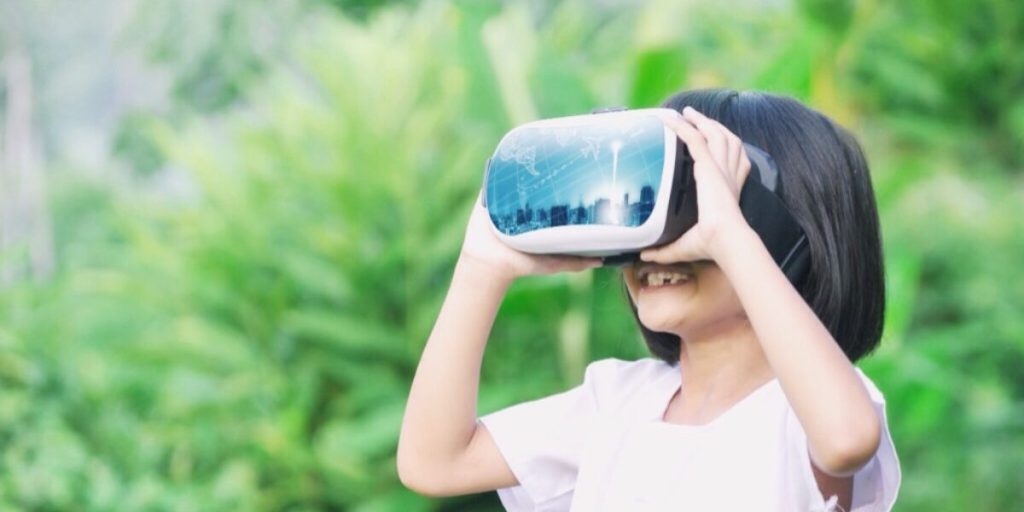Is Airbnb Beating Resorts for Millennial Travel Bookings?
Most Airbnb business comes from millennial travel, so resort marketing needs to offer the travel experiences millennials still crave. Like a lot of services offered by the new sharing economy, Airbnb’s business model appeals to many millennial travelers. And since millennials now make up not only the largest generation — but the biggest one in …
Is Airbnb Beating Resorts for Millennial Travel Bookings? Read More »

